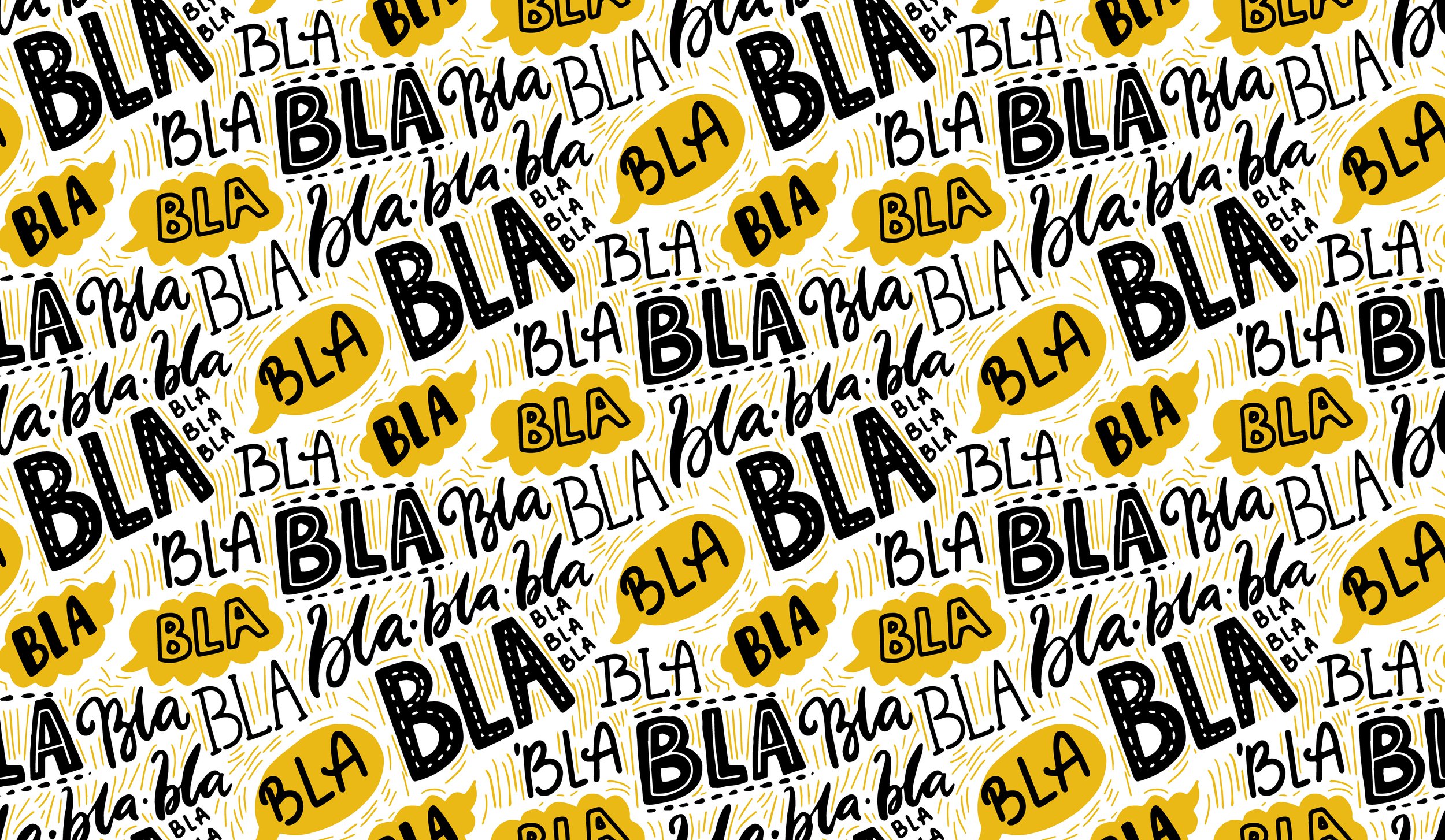Quieting the Mental Chatter
Baseball is a sport full of traditions. Some have stayed around, while others have faded away. One of these is “chatter.” That incessant “hey batter batter” that you say while you are out on defense in an attempt to rattle the batter. It was always seen as a support for your pitcher and a way to throw the opposing team off balance. The reality is that this “chatter” that happened outside of the batter rarely had much impact on their performance. Instead, it was the internal chatter, the thoughts that swirled around in a batter’s head that often led to the batter’s downfall.
Today, this internal chatter is one of the most common battles that I help athletes face. While the opposing team may have stopped all of the noise, that noise never ceases within the athlete’s mind. This internal chatter is a nuisance. It’s distracting, unhelpful, and takes up WAY too much room in your mind. Ready to break free and make that internal chatter fade away? Here are 4 steps to help you turn down the dial of that internal chatter.
Become aware. You can only make changes to the things you are aware of, so the first step is to simply increase your awareness of what you are saying to yourself in those moments where the internal chatter is the loudest. Pay attention the next time you are in that situation and list out some of the thoughts that are playing on repeat in your mind. At this stage, you won’t be doing anything about them, it’s just about noticing what is going on. Make sure you do this in the moment (or really closely following the moment) because we are notoriously bad at remembering what thoughts were floating through our minds.
Reflect. After the competition or training session when you have some time to really stop and think, reflect on the thoughts you wrote down. Which thoughts were helpful for you? Maybe some of your thoughts provided you with analysis of what was happening or technical advice. Which thoughts were unhelpful? These thoughts are often berating, cast doubts about your ability, and detract from your performance. Separate each thought into the two categories.
Feed the helpful. We want to increase those helpful thoughts. If it was beneficial, let’s do more of it! Maybe this means more encouragement or focusing even further on technical aspects. It may be that you say the same thing over and over, or have a variety of phrases you incorporate in those moments.
Transform the unhelpful. The goal is to minimize the unhelpful thoughts, but simply telling yourself to not think those thoughts won’t make any difference. You need to transform them. What I mean by that is you need to list out your unhelpful thoughts and create a response to each one. For example, if your unhelpful thought is “I can’t do this,” your response may be to add “yet” to the thought. Another example would be thinking “I’m going to mess up” and responding with “I just have to try my best.”
You have to gain some understanding first, then reflect on how you will make changes, and then put the changes into action. Before you know it, that internal chatter will be just a thing of the past.


